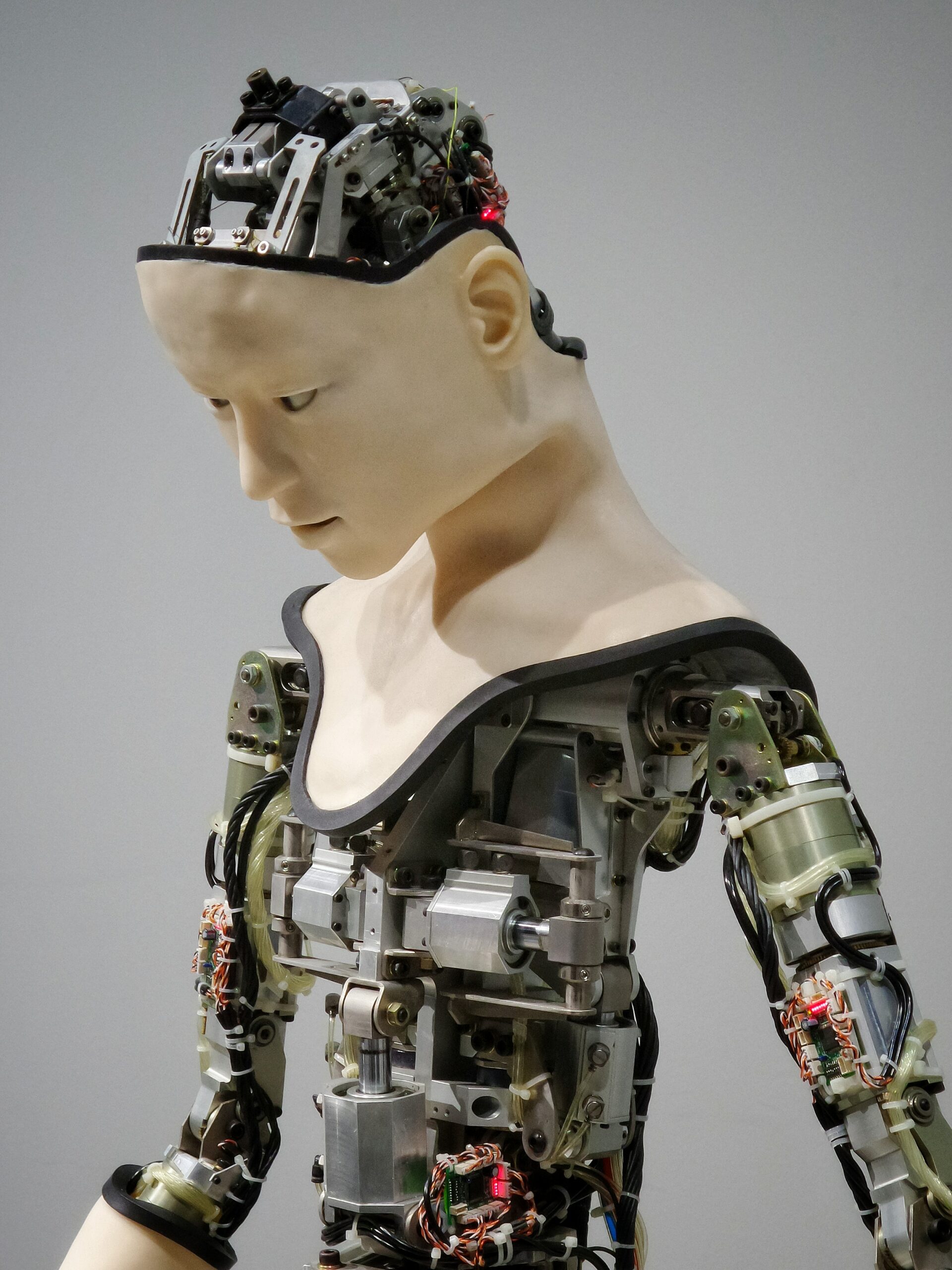Artificial intelligence has more and more useful applications in medicine. The problem is that a simple change of direction can lead to the same algorithms that are used to do good achieving the opposite. This is what an international team of scientists has just demonstrated by obtaining more than 40,000 possible chemical weapons with an AI initially used to obtain drugs.
It's actually logical. These types of algorithms use AI to track down among a large number of possible molecules which are those that obtain a pharmacological benefit without causing toxicity. If we turn it around and forget about the benefit, we can simply obtain those chemical compounds capable of causing toxicity. Simply select them instead of discarding them.
Fortunately, not all those molecules selected by the AI are chemical weapons. Many may never have been synthesized. However, that they are so easy to obtain is worrying to say the least. For this reason, the authors of the research have appealed to the scientific community about it, both at the Convergence conference of the Swiss Federal Institute for Nuclear, Biological and Chemical Protection, and in a study published in Nature Machine Intelligence.
The darker side of artificial intelligence
Obtaining drugs is often a trial and error process. A candidate substance is taken and tested for its effectiveness in treating a particular ailment and its potential side effects. This is done by scaling from cell cultures to humans, usually through laboratory animals.
This is how it has traditionally been done. A good example of this is that of the Chinese scientist Tu Youyou. She discovered a treatment for malaria by testing the different natural compounds described in the traditional medicine manuals of her country. And he got it relatively quickly. However, this is a tedious and lengthy procedure, which does not always give good results. For this reason, with the advancement of new technologies, artificial intelligence algorithms have been developed capable of analyzing millions of possible chemical compounds in a few hours and determining their strengths and weaknesses. Its effectiveness is sought, but also its safety. Once the candidates are obtained, the traditional laboratory tests are carried out, but with a much more specific starting point.
Artificial intelligence saves the tedious process of testing many molecules to see which ones have pharmacological potential
That's what they do at Collaborations Pharmaceuticals, the US pharmaceutical company where several of the authors of this recent study work. They never thought that their AI could be used to obtain possible chemical weapons. However, according to what the main author, Fabio Urbina, told The Verge, when they received the invitation to the aforementioned Swiss conference they thought it could be an interesting project. At least they could know if these technologies would be dangerous if they fell into the wrong hands.
They slightly modified the execution of their algorithms, so that instead of discarding the toxic substances, they would focus on them. Once this was done, in just six hours, they had 40,000 molecules capable of becoming chemical weapons.
Unsplash
New and known chemical weapons
In the same interview with The Verge, Urbina specifically mentions the resemblance of some of the substances found to VX.
This is a very toxic compound, known as one of the most dangerous chemical weapons in existence. In fact, according to United Nations Resolution 687, it is listed as a weapon of mass destruction. Its mechanism of action is based on the inhibition of acetylcholinesterase. This is a protein that is involved in the degradation of a neurotransmitter called acetylcholine. Like the rest of neurotransmitters, it is responsible for facilitating communication between nerve cells and the brain. It does this on many levels, although it is especially related to muscle contraction, including involuntary movements, such as that of the diaphragm.
Some of the molecules obtained are even more dangerous than VX
Its function is essential, but its accumulation is dangerous, which is why acetylcholinesterase is so necessary. Therefore, if it is inhibited, dangerous effects occur. For example, the diaphragm is blocked, to the point of making breathing impossible. In addition, if too much acetylcholine accumulates in the brain, substances that promote neuronal toxicity are released. All this is achieved with very low amounts of VX, which is why it is considered so dangerous.
Some drug candidates may also inhibit acetylcholinesterase, so similar effects would occur. Artificial intelligence algorithms usually detect this problem and remove the compound in question from the list of candidates. But with this new experimental twist, the opposite was achieved. Many of the selected molecules were inhibitors of acetylcholinesterase even more potent than VX. That would make them very dangerous chemical weapons.
In addition, it drew the attention of scientists that some of the selected compounds are already known chemical weapons. Therefore, the AI was not missing its search.
We are in danger?
Fortunately, to get these chemical weapons, a computer and a list of compounds are not enough. Once the candidates have been selected, it is necessary to try to synthesize them. Someone without a chemistry background couldn't, and even with them it's not always feasible. For this reason, despite the call for attention, these scientists also call for calm. Yes, it is true that it is important to be vigilant, especially in times as murky as the one we are going through. However, as Urbina points out in his interview, this does not mean that there will be chemical warfare powered by AI in the short term. It simply points out that little by little it begins to become a possibility.
Science is wonderful, but it can also be very destructive if it falls into the wrong hands. We must not let fear govern us, but it is necessary to ensure that, if it falls into the wrong hands, the consequences can be stopped in time.



